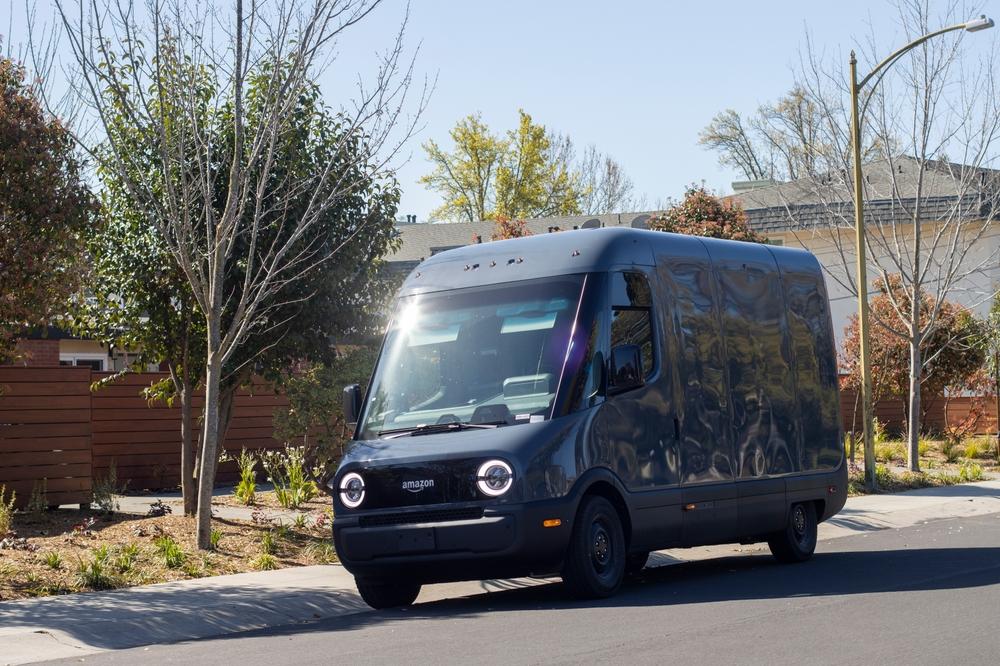
For many people, importing a van from another country and converting it into their dream campervan or mobile home is exciting.
However, navigating the complex regulations and requirements for importing a vehicle into the United States can seem daunting. This blog post will discuss the important steps and considerations for properly importing a van to the United States for personal use.
We will cover vehicle admissibility criteria, required documentation, preparation and cleaning requirements, the import process, personal vs commercial use, and tips for a smooth experience.
The goal is to help future van importers understand the intricacies of the process so they can enjoy their newly imported van without violating any United States rules and regulations.

Understanding Vehicle Moving Regulations
One of the most critical aspects of importing a van is understanding and complying with US vehicle import regulations. These regulations are in place to ensure imported vehicles meet American safety, emissions and anti-theft standards and to collect appropriate import duties and taxes.
The two government agencies that play a central role are the US Customs and Border Protection (CBP) and the Environmental Protection Agency (EPA).
Admissibility Criteria
For a motor vehicle to be admitted into the US, it must meet basic admissibility criteria at the port of entry set forth by CBP. There are some key differences between the criteria for vehicles over 25 years old and newer vehicles.
Vehicles 25 years or older enjoy simpler standards given their status as an antique or classic vehicle. They are still subject to basic safety and emissions testing but are exempt from meeting all "new" vehicle requirements. This makes importing an older van more straightforward.
However, vans under 25 years old imported for personal use must comply with all applicable EPA, Federal Motor Vehicle Safety Standards, and Department of Transportation (DOT) safety and emissions standards that were in effect when the vehicle was manufactured under the 25-year rule.
They also cannot have any alterations or modifications made to the original equipment installed by the manufacturer. Meeting these emissions and safety standards can require extra preparation, testing, and certification from the EPA and DOT, adding time and cost to the importation process.
Required Documentation
Proper documentation is essential for clearing customs at the port of entry. Vehicle owners must submit the following key documents:
- EPA Form 3520-1 acknowledging compliance with EPA regulations
- CBP Form 3461 entry document/customs declaration
- Original or certified copy of the Title of Ownership
- EPA fuel economy label (newer vehicles only)
These forms, along with a valid passport and power of attorney, give CBP officials the ability to screen the vehicle and ensure correct duties are paid. Failure to complete all paperwork accurately is one of the main reasons foreign vehicles get delayed or denied entry at the port. Working with a certified customs broker and shipping companies can help navigate this required red tape.
Preparing The Car for Hauling
Here are things you should do when preparing your van for the import process to the US:
Cleaning Requirements
One aspect often overlooked is properly cleaning and disinfecting the vehicle to prevent the spread of foreign pests and diseases. The US Department of Agriculture (USDA) enforces stringent cleaning standards on imported vehicles through their Animal and Plant Health Inspection Service(APHIS).
Dirt, leaves, bugs, or plant material must be thoroughly removed from the undercarriage, engine compartment, living quarters, and exterior of the van. APHIS inspectors may deny entry to unclean vehicles and require them to return for another cleaning. Taking the time for a deep clean goes a long way in avoiding delays or extra costs.
The Sending Process
With the right paperwork and a clean van, importers can begin coordinating the physical import. This involves:
- Arranging shipping and transport by land, sea, or air with a registered carrier like a freight forwarder. This requires specifying cargo details, insurance, and estimated arrival date.
- Providing release instructions and payment details directly to the carrier for US customs clearance upon arrival.
- Notifying the shipper/carrier at least 72 hours before the vehicle reaches the US border will give CBP time to review documentation.
Upon arrival, CBP will inspect the vehicle and check compliance with entry documents and meet emission requirements. If clearance is granted, import duties averaging 3% of the declared value for vehicles under 30 years old will be collected. Used vehicles over 30 years old are duty-free. Newer vehicles may also require an EPA test to verify emissions standards are met. Once through inspection, the van can be released to the owner for personal use.

Personal Use vs. Commercial Use Senses
Importing a van solely for personal use has less stringent requirements than commercial imports. Personal imports, which are imports for personal transportation and not resale, have slightly relaxed EPA and DOT standards.
Commercial imports by motor carriers or freight forwarders hauling products for resale are subject to additional regulations. These entities must use registered importers—firms authorized by the EPA to bring nonconforming vehicles into compliance before resale.
Registered importers test commercial vehicles, make necessary repairs, and authorize EPA forms that recognize modifications that achieve US standards. Additional EPA and DOT import bonds are also required for commercial imports.
Tips for a Smooth Hauling Process
Here are some things to consider when importing a van into the US:
Thorough Research is Key
Completing detailed research into the latest regulations, forms, agencies, advisories, and potential issues is essential for seamless importing. Official government sites like the CBP, EPA and DOT contain authoritative guidance. Reading first-hand experience accounts from other importers can also provide valuable insights on common hurdles.
Consult Experts When Needed
For more complex scenarios involving modifications, commercial use or navigating import issues, consulting with experienced customs brokers and EPA registered importers is highly recommended. Professional assistance can help importers avoid breakdowns, noncompliance penalties or seizure by expertly guiding them through technical requirements.

Key Takeaways
Importing a van to the United States can absolutely be done, but it requires dedicated preparation to understand and comply with all relevant documentation, vehicle standards, agency procedures, and regulations.
The keys to success are taking the time for thorough research, maintaining open communication, and being willing to address any issues proactively.
Standards are more lenient for personal van imports that are retained as antiques for private use. With the right process and expertise, importers can anticipate enjoying their dream imported van without running into regulatory obstacles.
We hope this information provides a helpful foundation and planning guide for anyone looking to fulfill their goal of driving a new international adventure on US roads.
Importing your dream van to the US just got easier.
As one of North America's largest and most experienced auto transport companies, A1 AT can handle all the logistics of safely getting your newly imported van to its destination.
Whether your van is arriving by sea or land, our team of experts has the international shipping experience to coordinate the final-mile delivery within the United States. We'll work closely with your selected shipping carrier and liaise with US Customs to ensure a smooth transition once the van clears import.
Get a free quote.






 Share on Facebook
Share on Facebook Share on LinkedIn
Share on LinkedIn Share on Twitter
Share on Twitter




 Google
Google  Instagram
Instagram  Trustpilot
Trustpilot 



